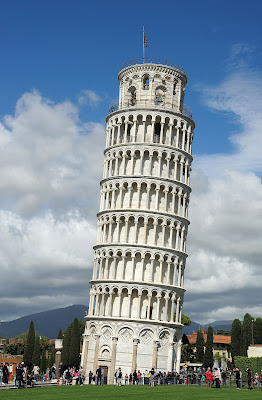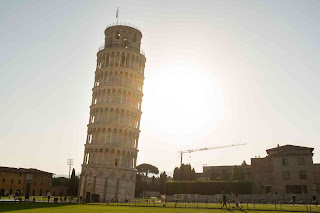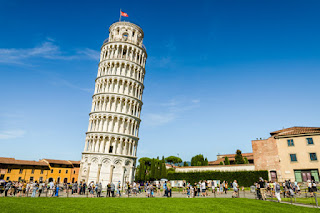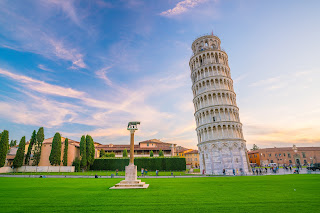Leaning Tower of Pisa.
Leaning Tower of Pisa may be the world's largest tourist attraction, but there is more to this icon than the centuries-old icon of your friends and family who raised the tower and all you need to know about Italy's most popular architecture. one accident took two centuries to build a building in Camp II-II or a steel tower to fit the public Cathedral in the Italian city of Riverside in Pisa collapsed in August 1173 in 1178 at the beginning of the 14th century culminating in the installation of a steel chamber in 1372 on the top seven valves that have not cracked since the last century.
each of these large instruments represents a musical note from a large scale although you can still see them as you climb to the top of the tower they have never told you since the 20th century and now you may be able to guess why innovators and engineers are concerned about their movements. it will make the tower three times smaller than the one time the tower changed its Leaning approach.When construction resumed in 1272 further development did not help the towers to stop packing additional material on top of the existing three which shook the building center. gravity caused the slope to recede as the tower reached its fifth and sixth stories. In the following centuries, it rose 5.5 degrees or top 15 feet southIn 1990 during the next decade, a team of engineers measured the ground beneath the tower and introduced attachments to fix the almost catastrophic landmarks. and postponed in 2008. however, the second measuring the basic soil stopped the towers and continued to sink for the first time. Five muscles Eenie tried to repair the tower until it made it worse in 1934.Italian dictator Benito Mussolini declared that the curved attraction was a symbol of his nation's dignity and assigned resources to direct the building Marceline Lee's men dug hundreds of holes in the base of the tower grout in an improper attempt to fix its slope instead of heavy cement caused the base of the tower to sink deeper into the ground leading to a more difficult connection.



